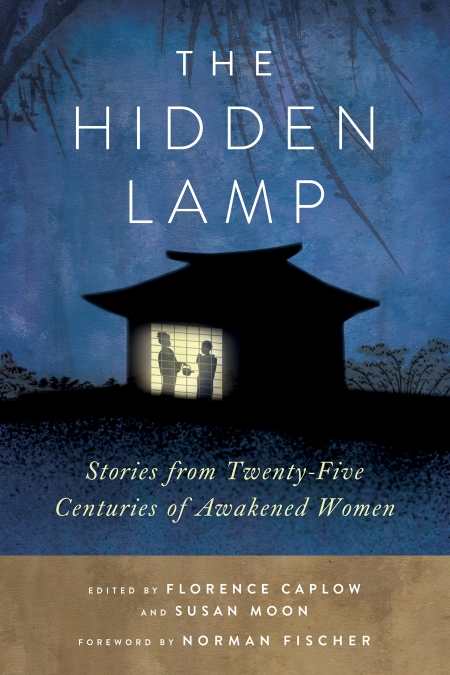The Hidden Lamp
Stories from Twenty-Five Centuries of Advanced Women
Lovingly structured collection of Zen stories featuring women seeks to bring gender equity to enlightened thinking.
The traditional belief in mainstream Buddhism is that “it is not possible to be enlightened in a woman’s body.” The Hidden Lamp seeks to “help address this long-standing imbalance” through relaying one hundred “short, powerful narratives,” known to practitioners of Zen Buddhism as “koans.” They are by nature enigmatic, meant to unhinge one’s mind from ordinary modes of thinking. What is most unusual about the koans in this collection is that they focus on women.
Since koans can be puzzling and at times downright problematic to the uninitiated, each here is interpreted by a “commentator.” These commentators, all women, are long-time practitioners of the Dharma (one states she is in her “eightieth decade”) and represent thirteen different countries. Their explications include personal experiences and memories and sometimes their own works of poetry. They glide seemingly effortlessly through the material they have been given, even when the stories are a bit thorny.
The koans range from Chiyono’s “No Water, No Moon,” the oft told tale of a servant who proudly carries “the moon” (its reflection) in her water bucket and who attains enlightenment when the bucket breaks and both moon and water are dispersed, to more obscure offerings such as “Ohashi Awakens in a Brothel,” the poignant story of a spiritually advanced woman who becomes a courtesan to support her family. Everyone will have their favorites in this varied collection, perhaps the story of a woman who, forced to do repetitious labor, was told by her Zen master to meditate on “who is doing this?”; or the tale of the famous Lingzhao, who, seeing her father fall, fell herself, to “help him.”
The editors, Zen practitioners themselves, “intuitively” collected koans from twenty-five centuries. The book’s cover offers a charmingly symbolic depiction of a little temple at eventide with light gently glowing from within, revealing two women in conversation. The koans are about half a page on average, and the commentaries, about two pages, are followed by an editorial point. Food for further meditation ends each chapter, usually couched as a question, such as “How do you know when to stop talking?” or “How can anyone be helped?” The chapters, though brief, offer ample material for contemplation, which is presumably their purpose; the basic format—koan, comment, further questions—is practical and simple.
It’s not often that one encounters such a carefully considered, lovingly organized book. And one that so proactively addresses women of spirituality. Though its readers may be rather small in numbers, it will doubtless have a large impact among them, and deservedly so.
Reviewed by
Barbara Bamberger Scott
Disclosure: This article is not an endorsement, but a review. The publisher of this book provided free copies of the book to have their book reviewed by a professional reviewer. No fee was paid by the publisher for this review. Foreword Reviews only recommends books that we love. Foreword Magazine, Inc. is disclosing this in accordance with the Federal Trade Commission’s 16 CFR, Part 255.

